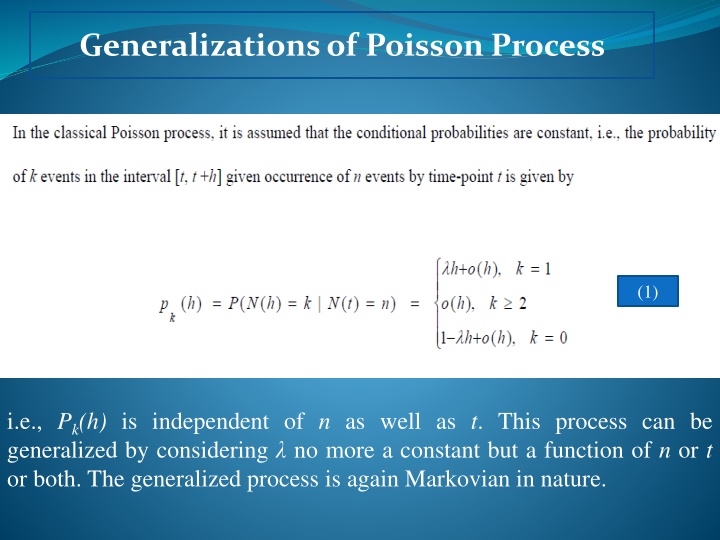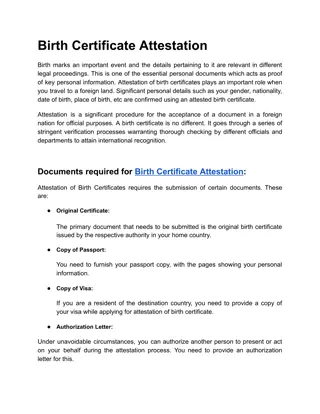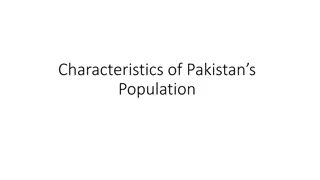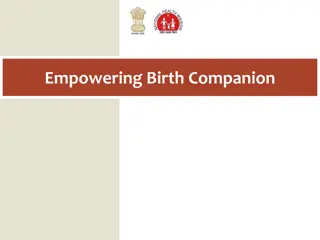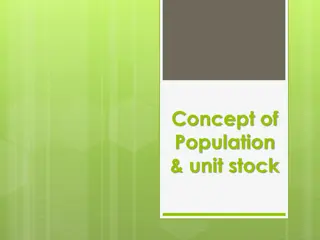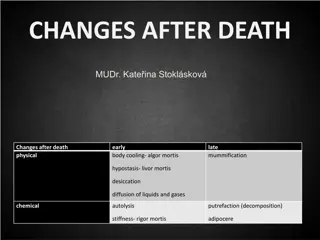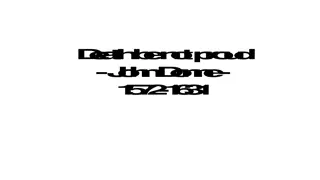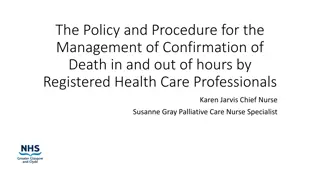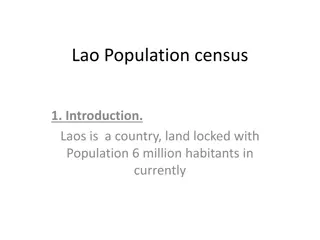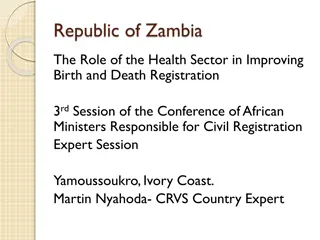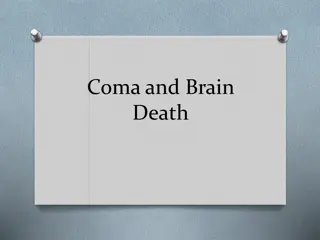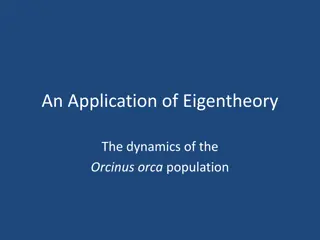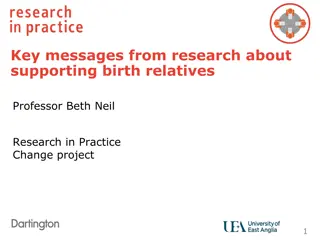Birth and Death Processes in Population Dynamics
Birth and death processes in population dynamics involve the concept of how organisms reproduce and die, leading to changes in population size over time. These processes can be generalized from the Poisson process and are crucial in queuing theory and modeling dynamic systems. The differential-difference equations play a significant role in understanding the dynamics of population growth and decline.
Download Presentation

Please find below an Image/Link to download the presentation.
The content on the website is provided AS IS for your information and personal use only. It may not be sold, licensed, or shared on other websites without obtaining consent from the author.If you encounter any issues during the download, it is possible that the publisher has removed the file from their server.
You are allowed to download the files provided on this website for personal or commercial use, subject to the condition that they are used lawfully. All files are the property of their respective owners.
The content on the website is provided AS IS for your information and personal use only. It may not be sold, licensed, or shared on other websites without obtaining consent from the author.
E N D
Presentation Transcript
Generalizations of Poisson Process (1) i.e., Pk(h) is independent of n as well as t. This process can be generalized by considering no more a constant but a function of n or t or both. The generalized process is again Markovian in nature.
Generalizations of Poisson Process This generalized process has excellent interpretations in terms of birth- death processes. Consider a population of organisms, which reproduce to create similar organisms. The population is dynamic as there are additions in terms of births and deletions in terms of deaths. Let n be the size of the population at instant t. Depending upon the nature of additions and deletions in the population, various types of processes can be defined. Pure Birth Process Let is a function of n, the size of the population at instant t. Then (2) n 0 and 0 may or may not equal to zero
Birth and Death Process Now, along with additions in the population, we consider deletions also, i.e., along with births, deaths are also possible. Define (3) (2) and (3) together constitute a birth and death process. Through a birth there is an increase by one and through a death, there is a decrease by one in the number of Individuals . The probability of more than one birth or more than one death is O(h). We wish to obtain
Birth and Death Process To obtain the differential-difference equation for Pn(i), we consider the time interval(0, t+h) = (0, t) + [t, t+h) Since, births and deaths, both are possible in the population, so the event {N(t+h) = n , n 1} can occur in the following mutually exclusive ways:
Birth and Death Process (4) (5) As h o, we have (6) (7) (8) (5) and (7) represent the differential-difference equations of a birth and death process which play an important role in queuing theory.
Birth and Death Process We make the following assertion:
Births and Death Rates Depending upon the values of nand n, various types of birth and death processes can be defined. State (0) is absorbing state.
Birth and Death Process When the specific values of both nand n are considered simultaneously, we get the following processes:
Birth and Death Process (5) (7) From Equ. and (9) (10) If the initial population size is i, i.e, X(0) = i, then we have the initial condition Pi(0) = 1 and Pn(0) = 0, n i.
n =1 n =0 (9) (10) Sn n Some Notifications they may help Some Notifications they may help (11) (12)
Birth and Death Process constant 10 9 9 (13)
Birth and Death Process (13) (14) The second moment M2(t) of X(t) can also be calculated in the same way.
Birth and Death Process (15) (16) <
Birth and Death Process Finally, the birth and death process is a special type of continuous time Markov process with discrete state space 0, 1, 2, such that the probability of transition from state i to state j in ( t) is O( t) whenever i - j 2. In other words, changes take place through transitions only from a state to its immediate neighbouring state.
Thanks for your attention
Some Notifications they may help 1 2 BACK In case we have: BACK a b If we adding the part P1(t) for both sides as we have in our equation we will get: c
Birth and Death Process 0 t t+ h t h P{N(t)= n-i+j} = Pn-i+j(t) P{Eij(h)} = Pi(h)*Pj(h) P{N(t+h)= n} = P{N(t)= n-i+j} * P{Eij(h)} = Pn-i+j(t) * Pi(h)*Pj(h) = Pn(t+h) t h P{N(t+h)= n} = P{N(t)= n-i+j}* P{N(h)= i+j} =Pn-i+j(t)*Pi(h)*Pj(h) Eij i n j E00 E10 E01 E11 P{N(t+h)= n} = Pn(t) {1- n h + O(h)} {1- n h + O(h)} 0 n 0 P{N(t+h)= n} = Pn-1(t) { n-1 h + O(h)} {1- n-1 h + O(h)} 1 n-1 0 P{N(t+h)= n} = Pn+1(t) {1- n+1 h + O(h)} { n+1 h + O(h)} 0 n+1 1 P{N(t+h)= n} = Pn(t) { n h + O(h)} { n h + O(h)} 1 n 1
